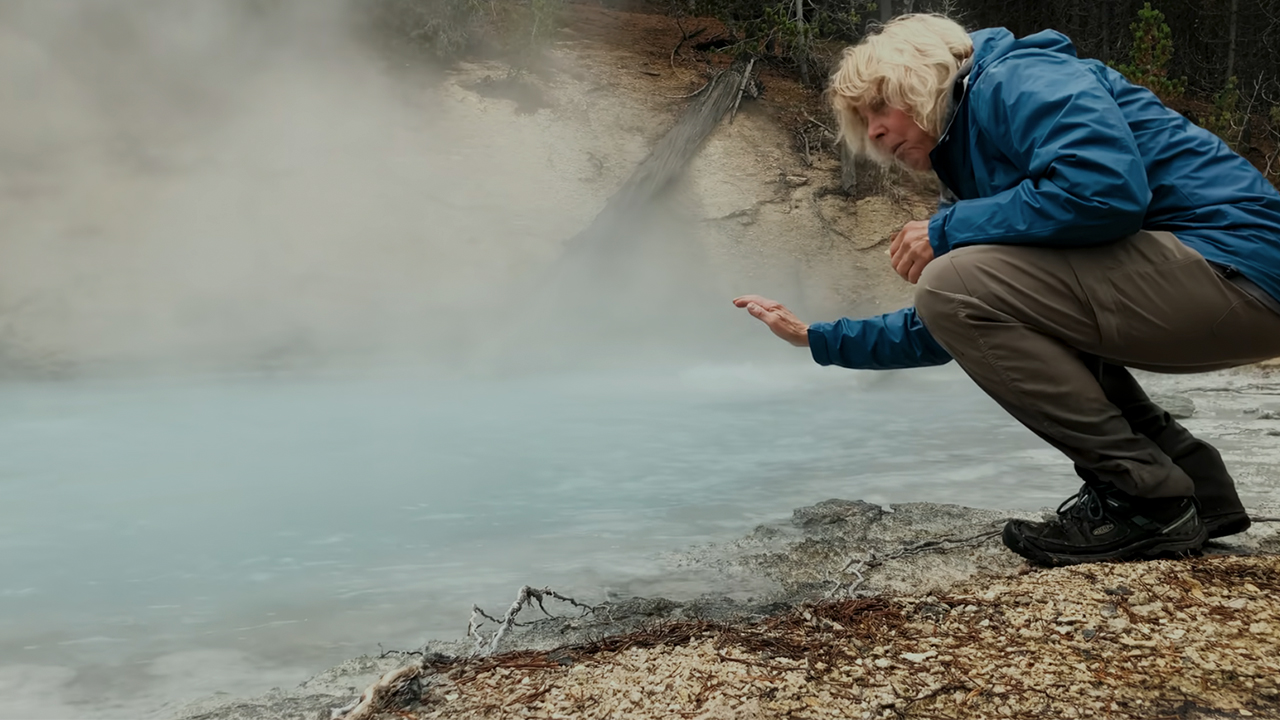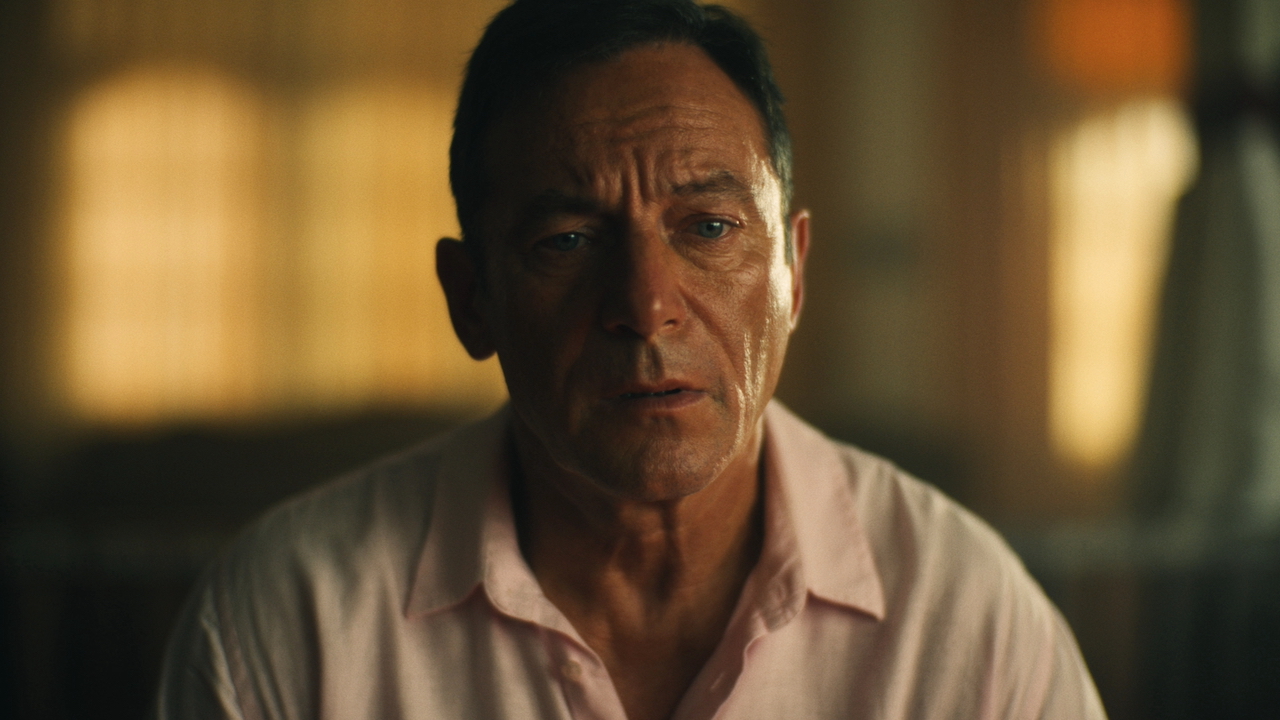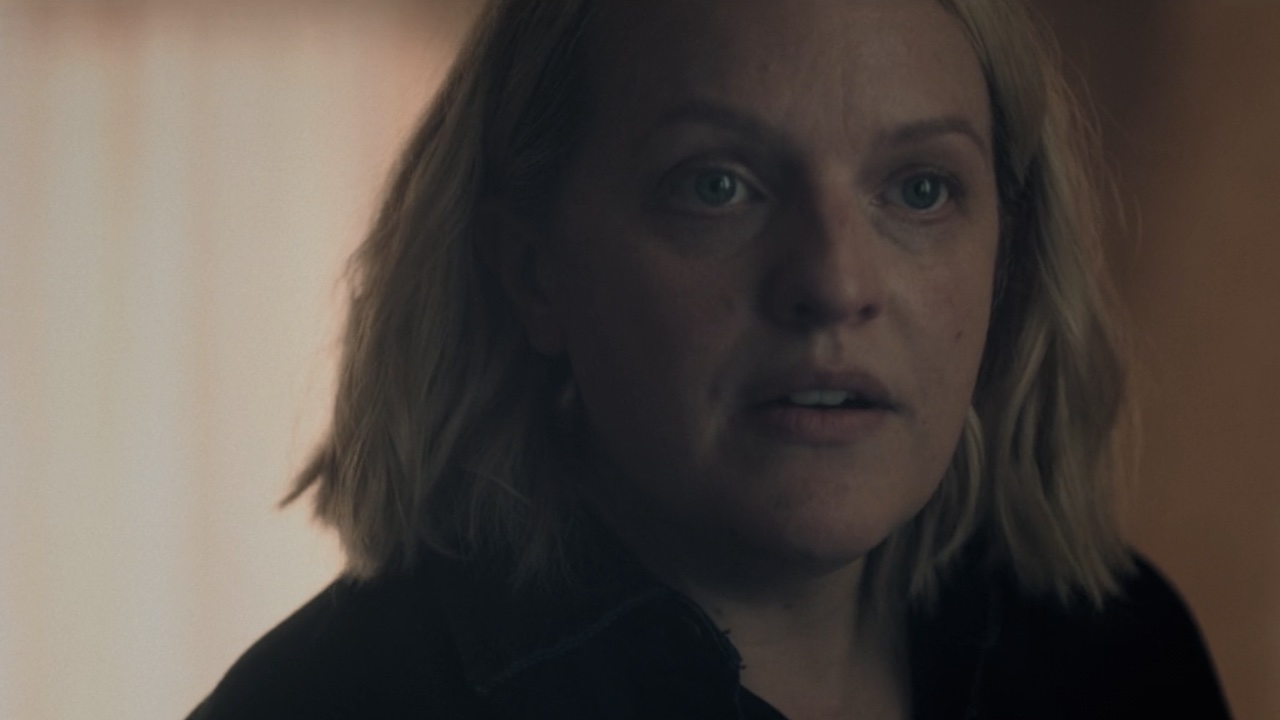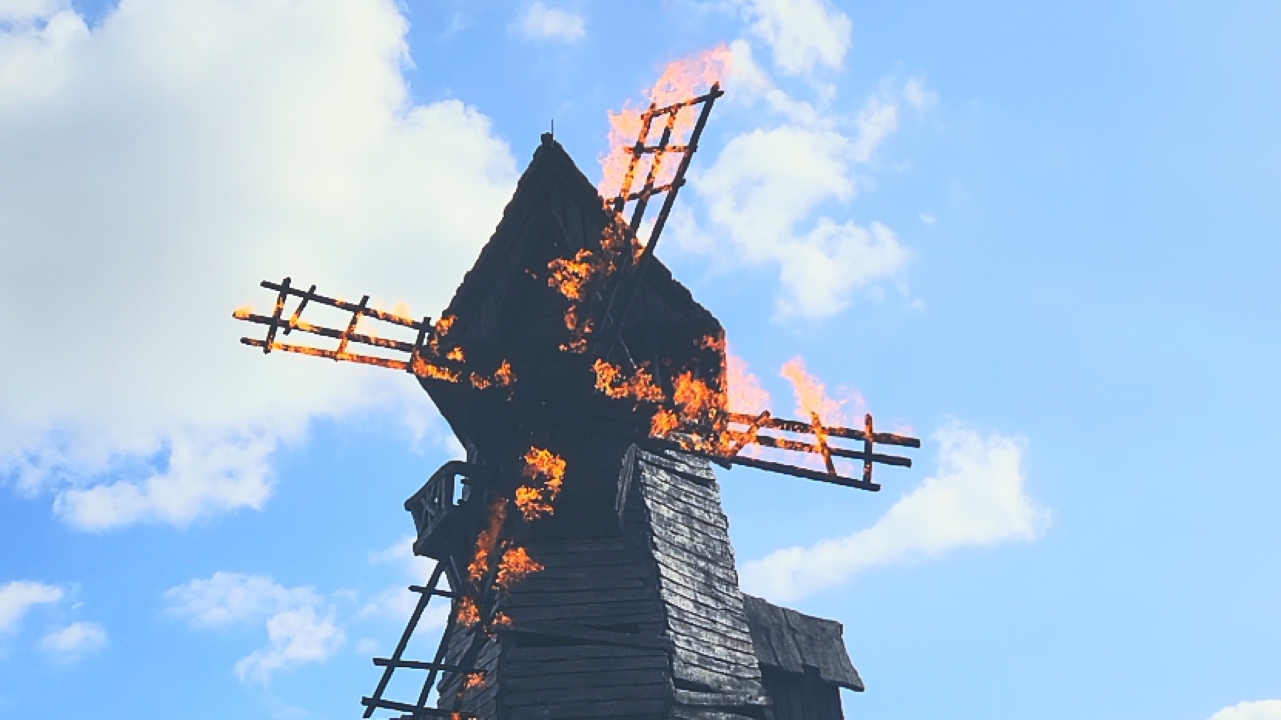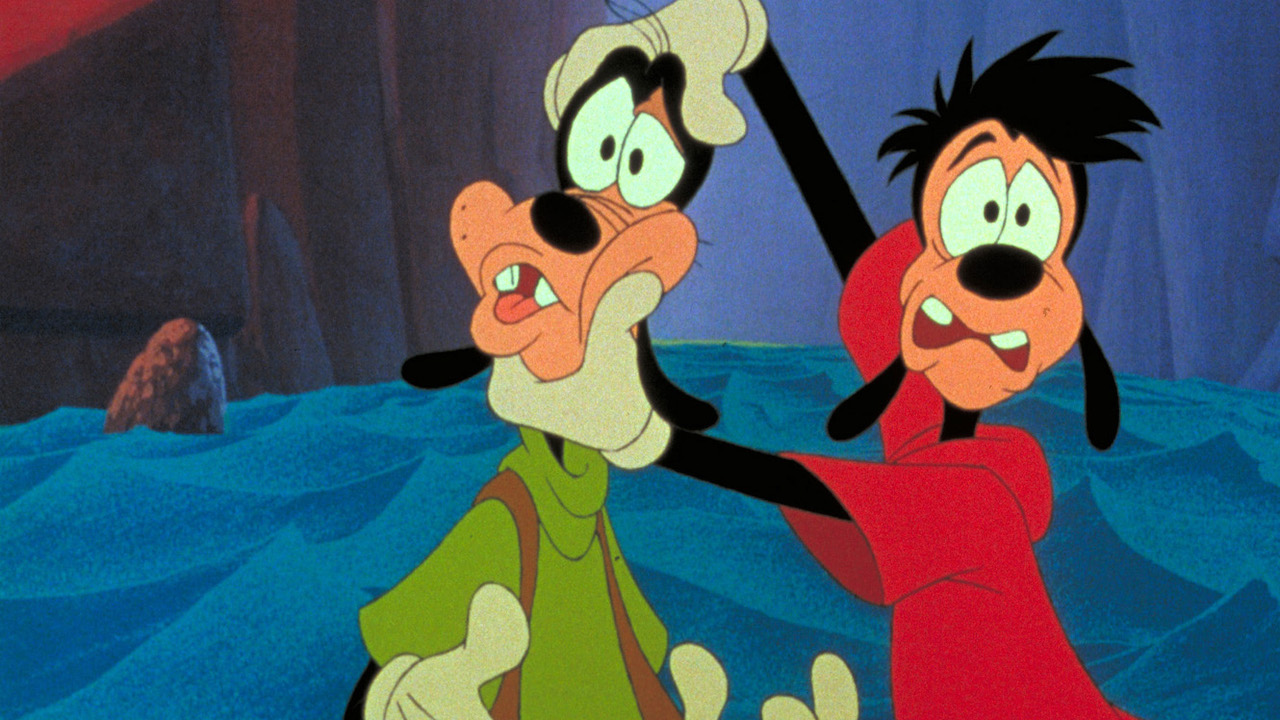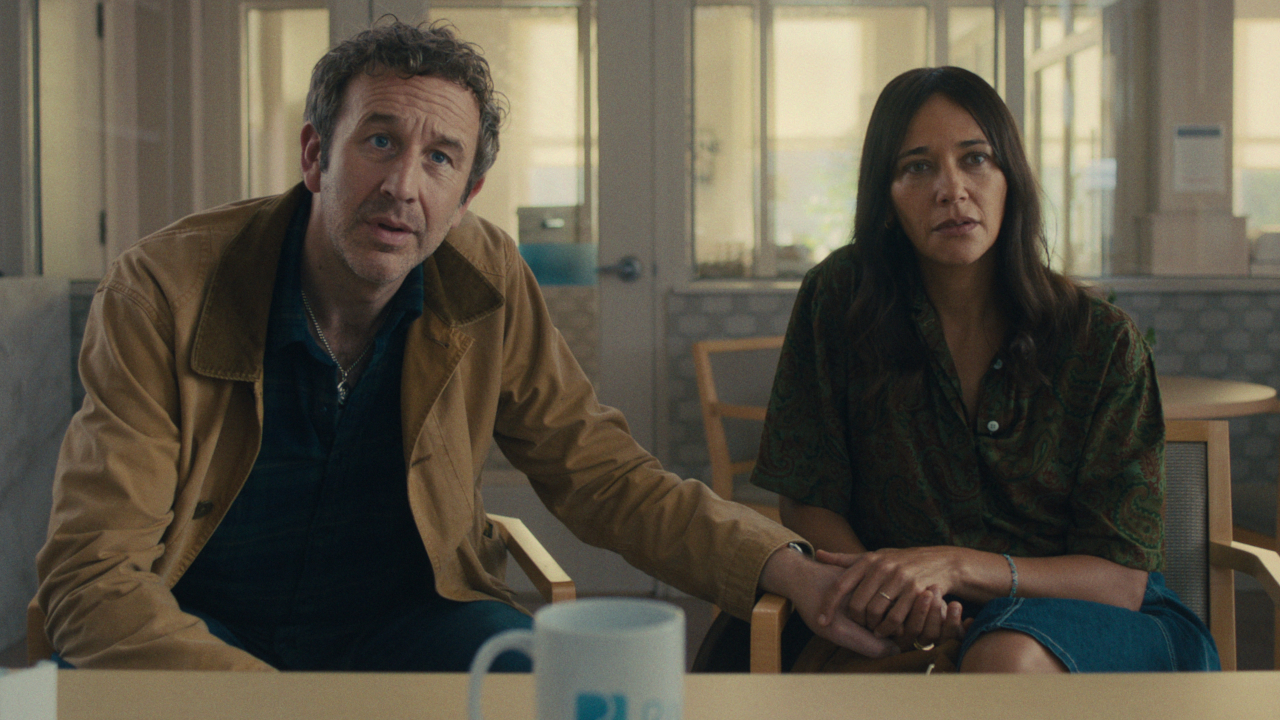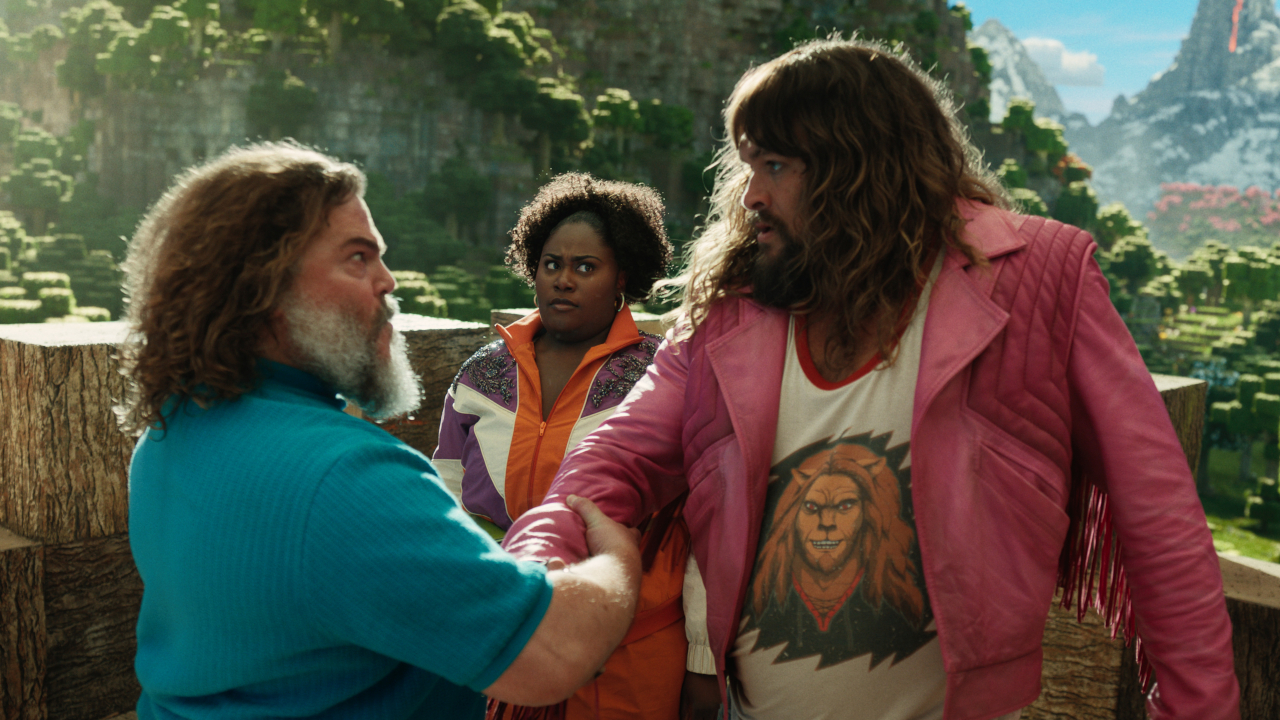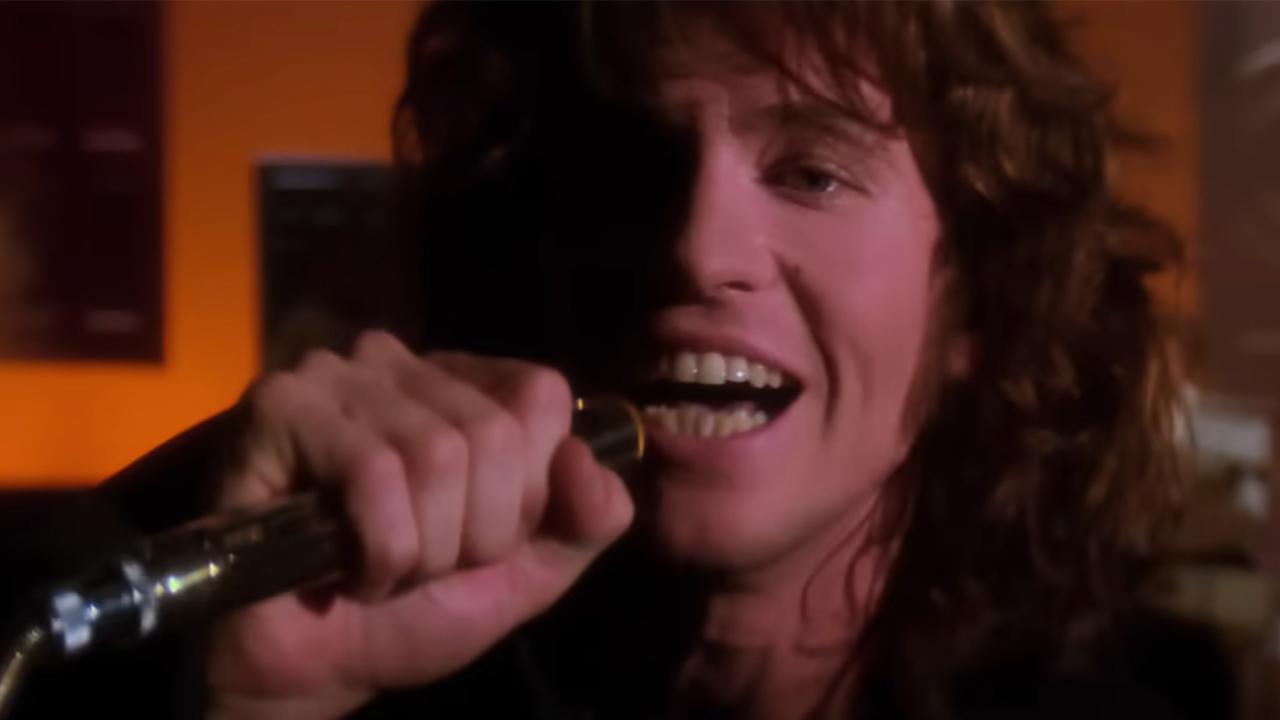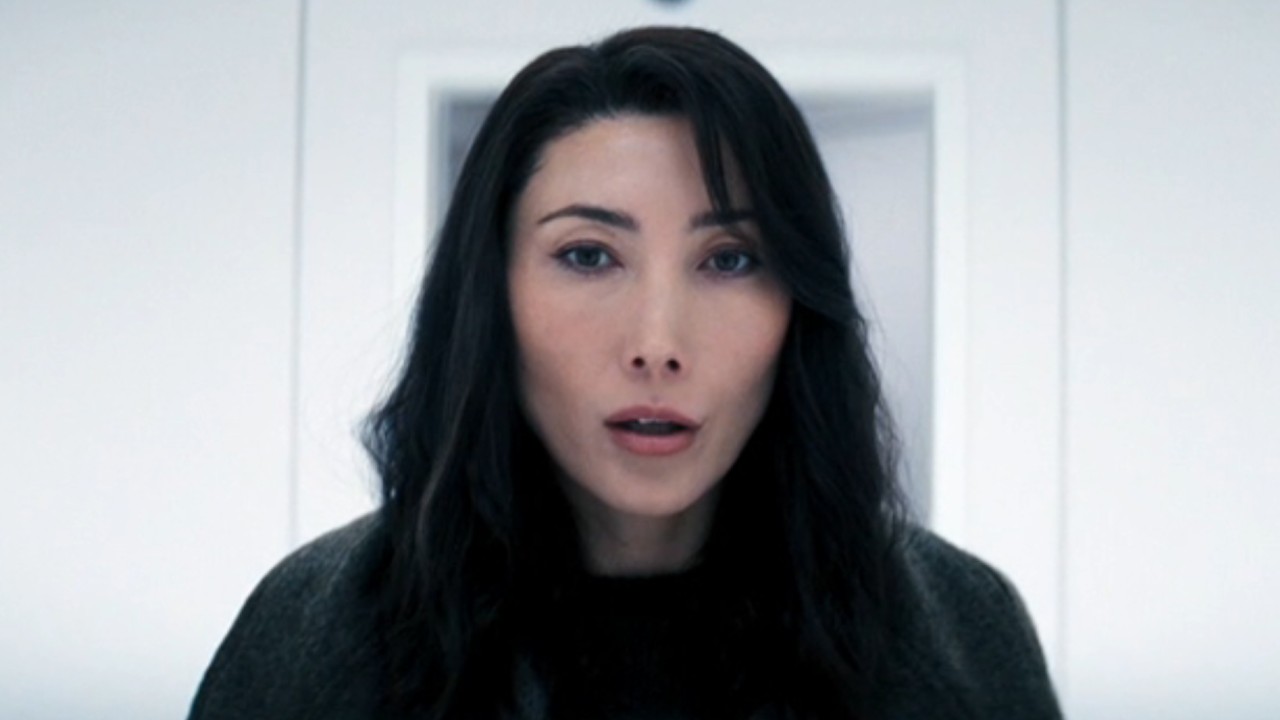Rocket Rods: The History Of Disneyland's Worst Attraction
Some Disneyland attractions become classics, and some... do not.
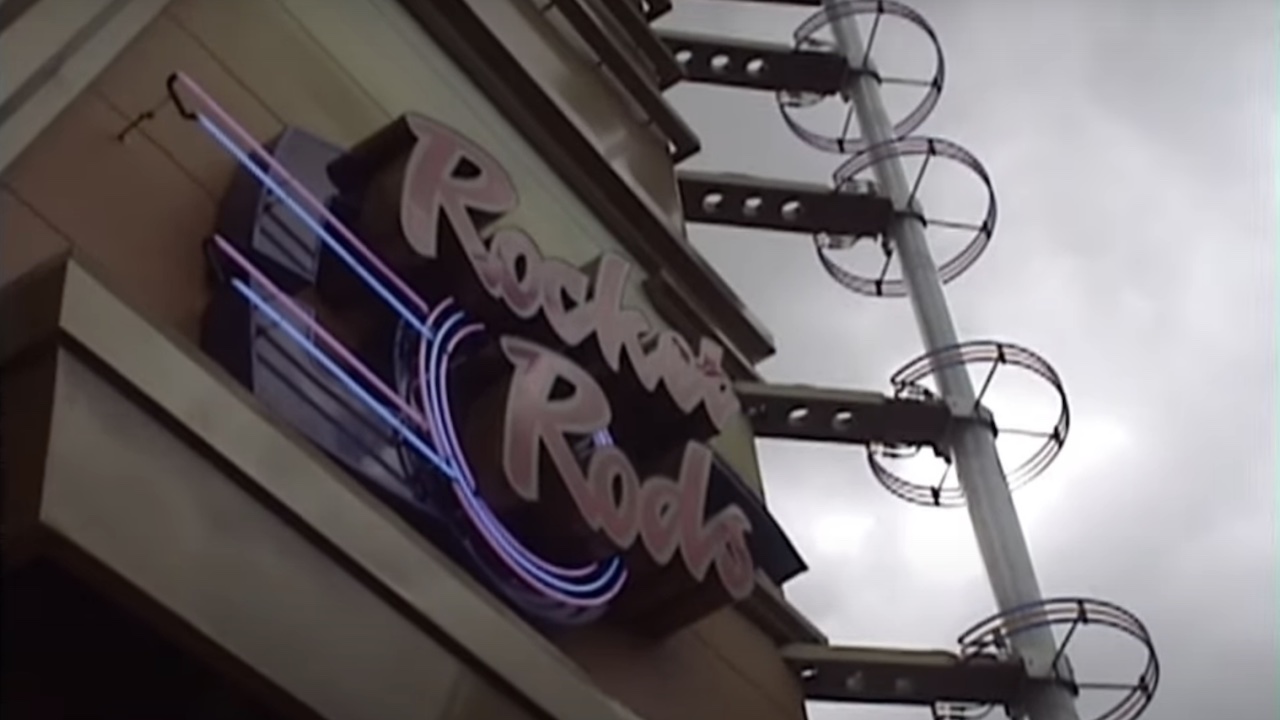
Over nearly 70 years, Disneyland has created some of the most iconic theme park attractions in history. From Disneyland's opening day attractions that are still there to modern marvels like Rise of the Resistance, every attraction is something special. However, even Disneyland can drop the ball now and then. 25 years ago today, Disneyland unveiled Rocket Rods, which was designed to be an exciting new thrill ride, but ended up being quite possibly the biggest flop in the history of the park.
There’s a pretty good chance that you never even rode Rocket Rods, even if you tried. Its failure led to it being one of the shortest-lived attractions Disneyland has ever seen. But the fact that so few actually experienced Rocket Rods, and most of us only know of it from videos on YouTube (thanks to Dave Cobb for the use of his), has given the ride a nearly mythic status. So just what was Rocket Rods, and what happened to it?
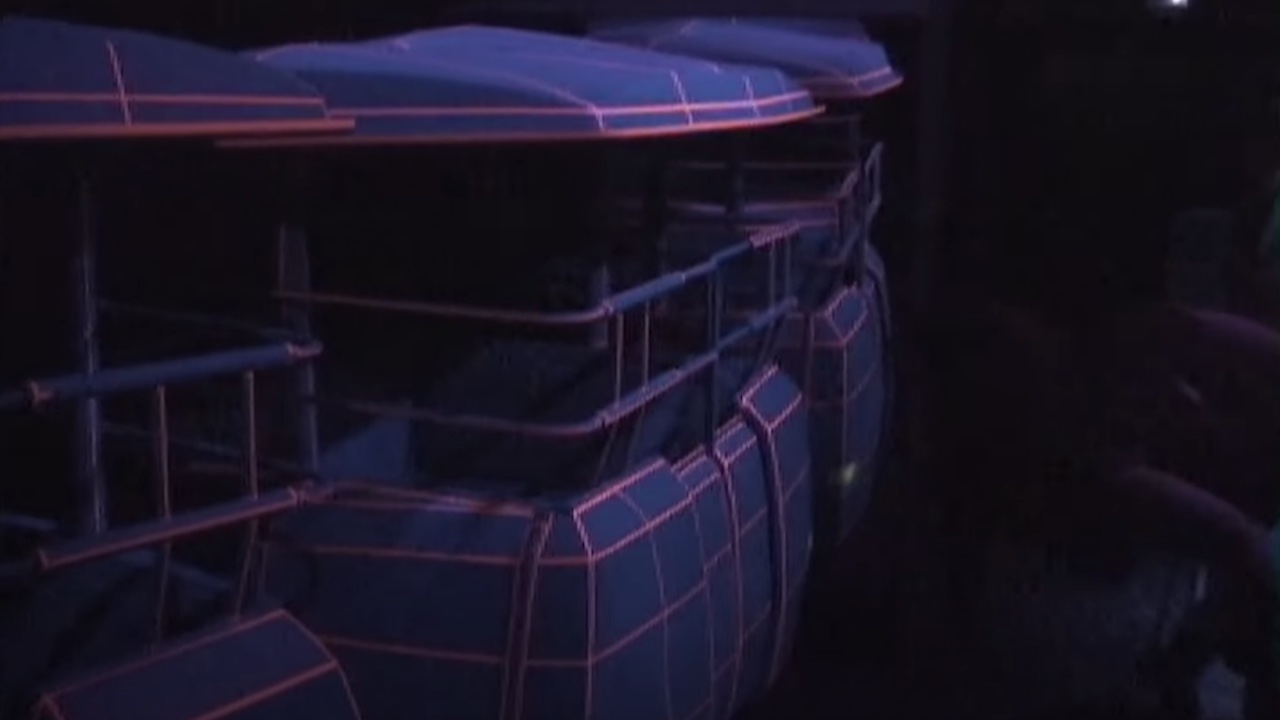
Disneyland’s Tomorrowland Update And The End Of The PeopleMover
Disneyland’s Tomorrowland is seemingly always in need of updating. Because the future always arrives, a land looking forward needs constant revisions, and in the 1990s, it was time for Tomorrowland to get updated once again. A massive overhaul was planned that, in true Disney fashion, ended up getting scaled down, but one project that did survive meant the end of a Disneyland classic, the PeopleMover.
The PeopleMover took guests on a slow tour of Tomorrowland on an elevated track that entered several of the Tomorrowland show buildings. It opened in 1967, during another massive overhaul of Tomorrowland, and was based on an idea from Walt Disney for his Experimental Prototype Community Of Tomorrow (EPCOT), for short-distance mass transit within cities.
Two decades after the PeopleMover had been introduced, it was time for another massive overhaul of Tomorrowland. Originally, the plan was to give the land a complete facelift, something similar to EuroDisneyland’s Discoveryland. But after EuroDisneyland failed to turn an early profit, plans were scaled back. Tomorrowland would get an update, but a smaller one, and the major new attraction would reuse key elements from the PeopleMover.
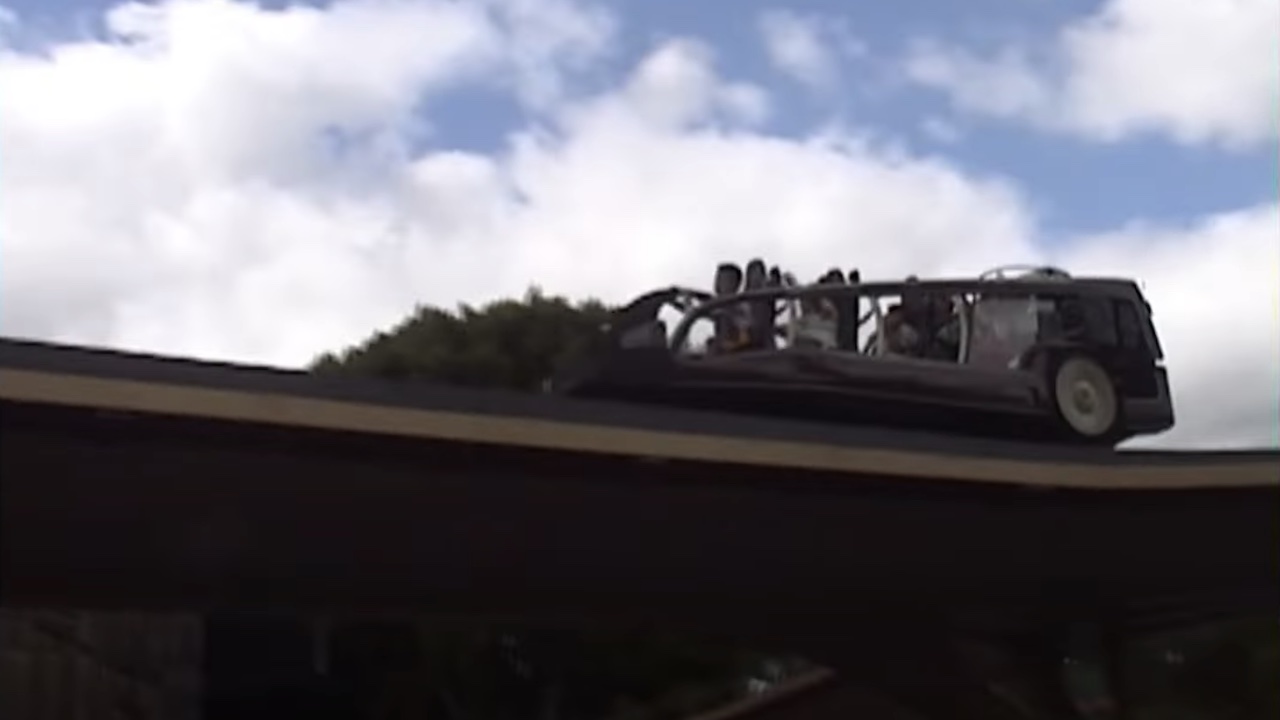
The Problem With Rocket Rods
Rocket Rods, which opened with the New Tomorrowland on May 22, 1998, was another “transportation of the future” idea, though this one was a bit more fictional than the PeopleMover. The attraction used high-speed rocket cars that fit five people per vehicle and had them jetting across Tomorrowland at up to 35 miles per hour. Following the original PeopleMover tracks, the vehicles would go both outdoors and indoors into various show buildings in Tomorrowland, giving guests a view they certainly wouldn’t get anywhere else.
The decision to use the original PeopleMover track for Rocket Rods without any modifications has been blamed on budget constraints, which in turn have been blamed on the money pit that was EuroDisneyland at the time. While it probably made sense to save money since the track already existed, it ended up doing far more harm.
CINEMABLEND NEWSLETTER
Your Daily Blend of Entertainment News
As mentioned, the Rocket Rods hit speeds of 35 miles per hour, five times the seven miles per hour of the PeopleMover. As a result, whenever the Rocket Rods needed to make any of the sharp turns in the track, the vehicles had to slow down considerably, and then speed back up when they got back to a straightaway. This led to as much slowing down as it did speeding up, which simply meant the ride was not necessarily as thrilling as guests had been let to believe.
This also had a knock-on effect. The slowing and speeding led to more wear and tear on the ride vehicles, which caused more vehicles to either get knocked out of alignment with the track, which would cause the computer system to shut down the ride entirely, or it would simply cause ride vehicles to break down. As a result, temporary shutdowns of the ride were a frequent occurrence, which led to wait times for the ride to be significant, as guests waited for things to be fixed and for the ride to come back up.
Only a month after Rocket Rods opened, it closed for a refurbishment that was scheduled to last one month, but instead lasted three months. When Rocket Rods finally did reopen, the issues remained. Rocket Rods would limp along in this state until the early fall of 2000, when the ride would close again for a more lengthy refurbishment. It was scheduled to reopen in the spring of 2001, but when April 2001 came around, it was instead announced the ride would not reopen at all. After barely more than two years, Rocket Rods was closed for good.
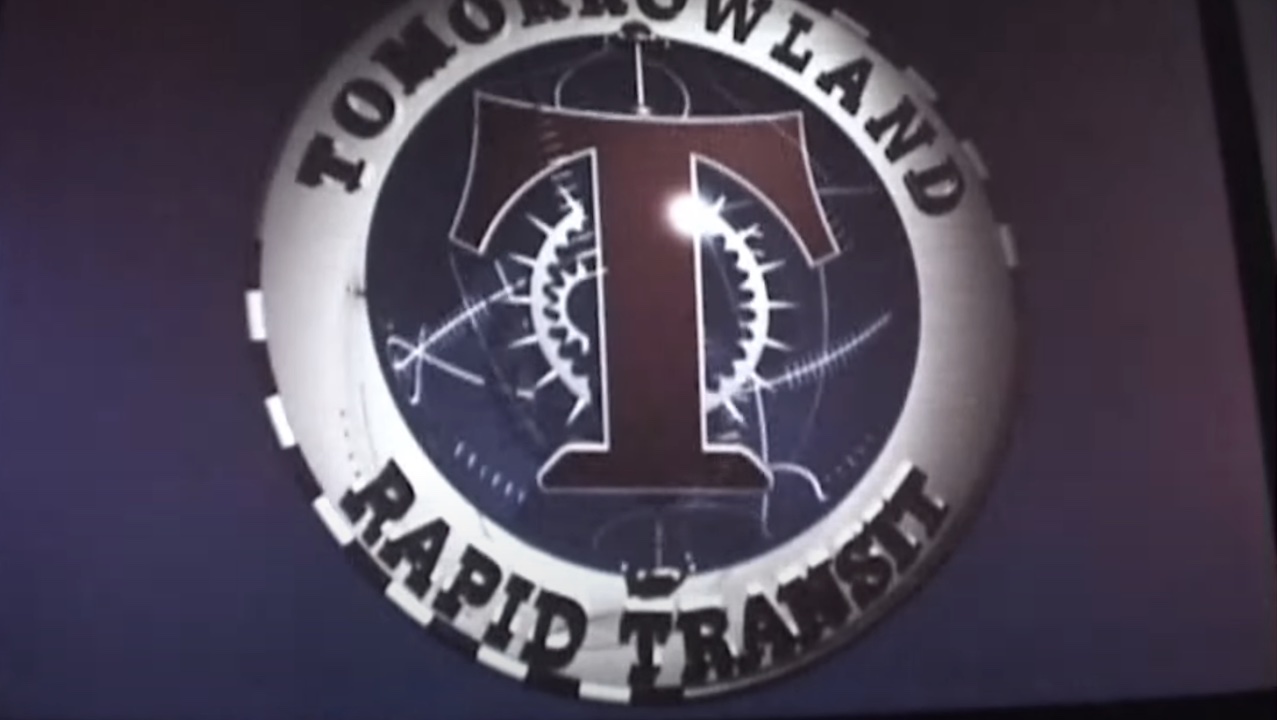
The Failure Of The Rocket Rods And The Future Of The PeopleMover Track
Needless to say it was a less-than-stellar ending to a less-than-stellar ride. A lot of people who rode Rocket Rods enjoyed it, but considering just how few people did so, or did so without the ride stopping due to computer issues, it has to be called a failure.
Theme park rides are usually designed to last for decades, but this one made it barely two years. Considering it’s been estimated that the attraction cost $25 million, it’s not just a failure, but an expensive one. Only Disney California Adventure's Superstar Limo, which didn't last a year, had a shorter tenure among major attractions at the resort.
The queue building for Rocket Rods is now the home to BuzzLightyear’s Space Ranger Spin. The windows where guests could peer in on various show buildings have been boarded up. Usually when a ride is closed, it ends up being completely removed so there is little to nothing left to remind guests of what was there before. But with Rocket Rods, you have the entire exterior track, still sitting there and doing nothing but reminding guests.
One of the reasons that Rocket Rods was likely completely abandoned is the same reason that the track still sits above Disneyland’s Tomorrowland completely unused today. It’s been suggested that the Rocket Rods' speed and weight were so much greater than the PeopleMover that the track has been irreversibly damaged and is no longer capable of supporting any sort of attraction. It would essentially need to be rebuilt from the ground up. So while some would like to see the PeopleMover return, that wouldn’t be any easier than doing something completely new.
Rocket Rods left an interesting legacy. Its creation ended the PeopleMover at Disneyland, which many fans are still bitter about. Magic Kingdom's PeopleMover has very passionate fans, perhaps in part because it's the one left. Rocket Rods also was the first Disneyland attraction to have a single-rider line, an option that is very useful when you're a professional theme park writer in the park by yourself.
In the end, Rocket Rods may be most remembered simply because it's an attraction few people are actually that familiar with. Maybe if things had happened differently the ride could have been designed differently and that would have made the difference.
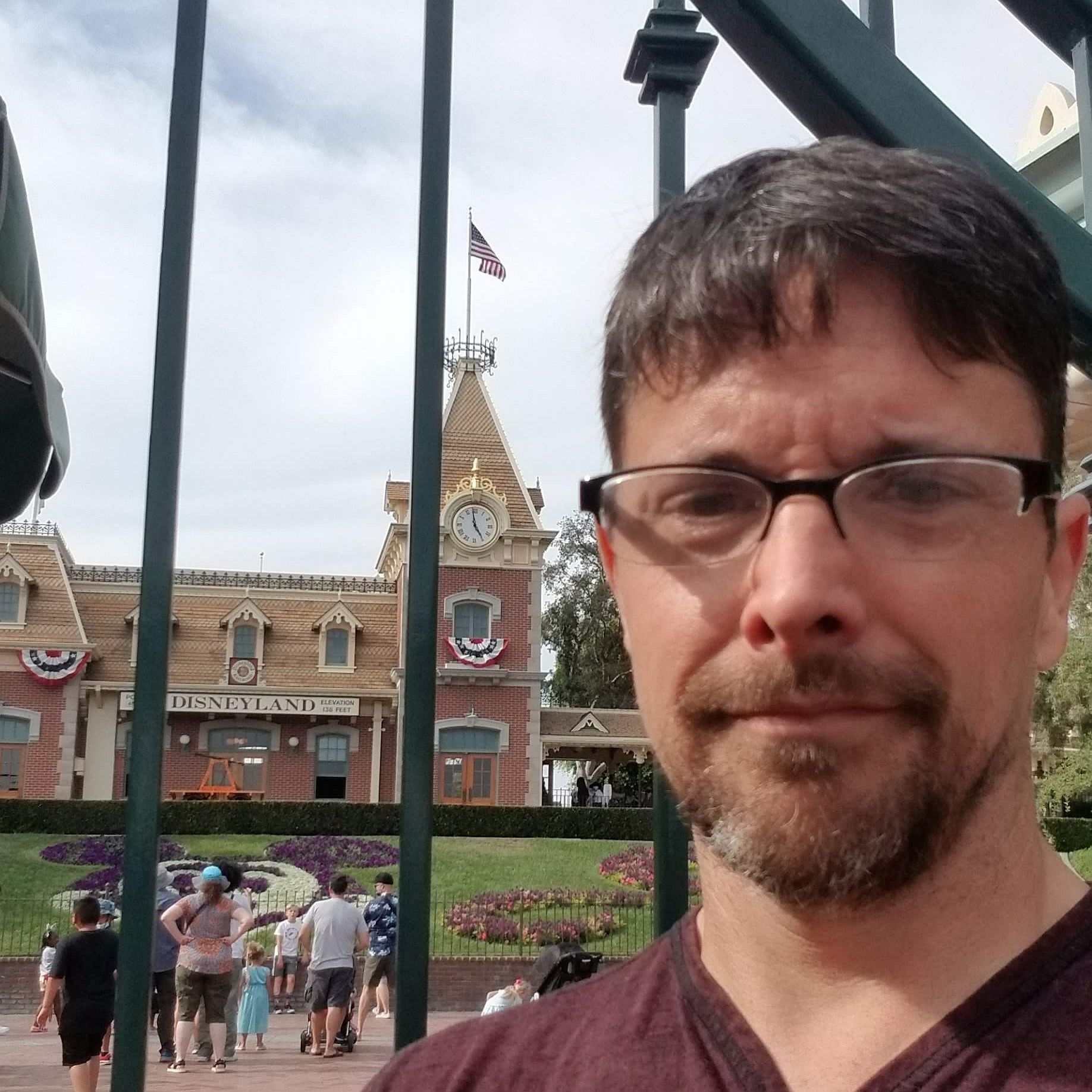
CinemaBlend’s resident theme park junkie and amateur Disney historian, Dirk began writing for CinemaBlend as a freelancer in 2015 before joining the site full-time in 2018. He has previously held positions as a Staff Writer and Games Editor, but has more recently transformed his true passion into his job as the head of the site's Theme Park section. He has previously done freelance work for various gaming and technology sites. Prior to starting his second career as a writer he worked for 12 years in sales for various companies within the consumer electronics industry. He has a degree in political science from the University of California, Davis. Is an armchair Imagineer, Epcot Stan, Future Club 33 Member.
